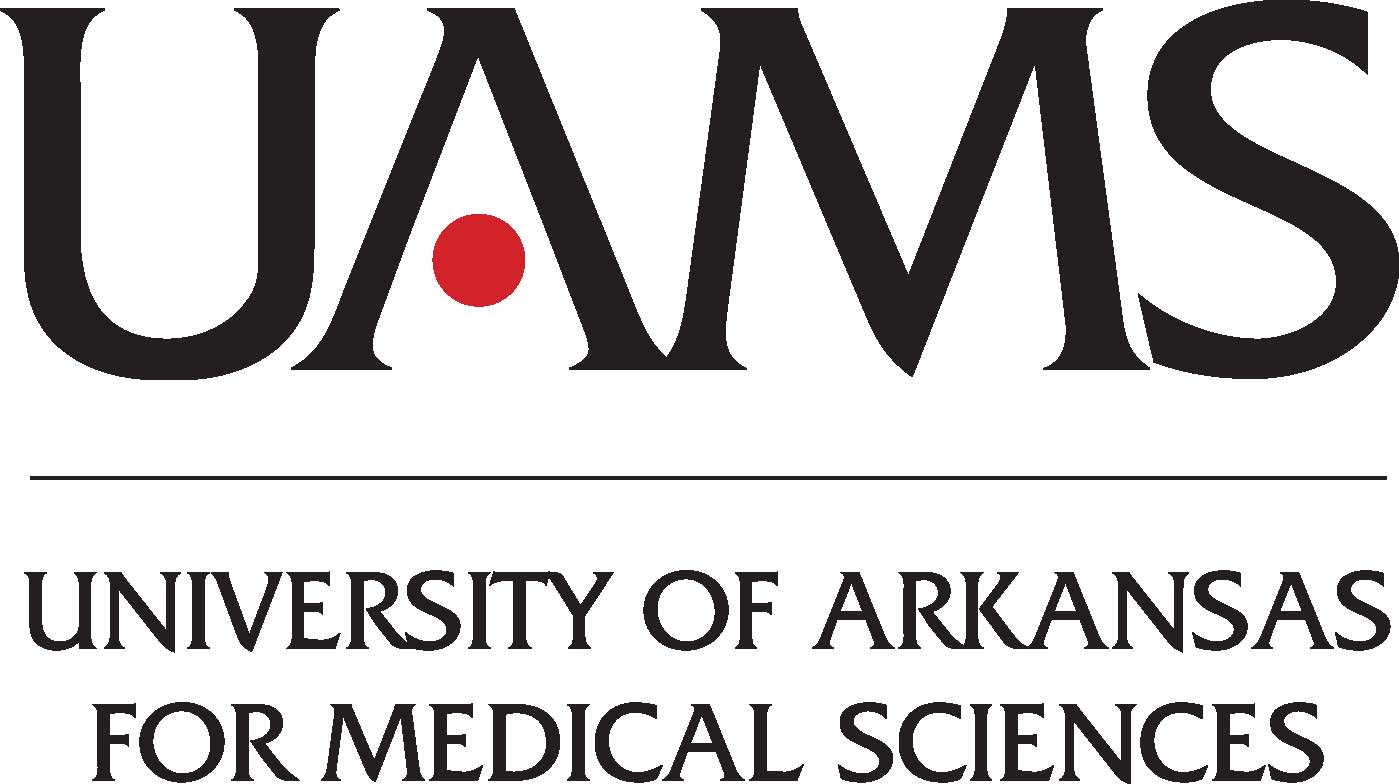Understanding GRID Radiation Therapy Effects on Human Tumor Oxygenation and Interstitial Pressure to Increase Translation of Solid Tumor Therapy
| Status: | Active, not recruiting |
|---|---|
| Conditions: | Cancer |
| Therapuetic Areas: | Oncology |
| Healthy: | No |
| Age Range: | 18 - 80 |
| Updated: | 7/20/2018 |
| Start Date: | December 2013 |
| End Date: | July 2020 |
To estimate the mean and standard deviation (SD) of the post-treatment decreases in the
interstitial fluid pressure and hypoxia-specific PET-scan signal from GRID-treated tumors in
patients with locally advanced squamous-cell carcinoma of the head and neck.
The possible effects of GRID radiotherapy on tumor oxygenation levels and interstitial fluid
pressure within the tumors will be measured by assessing the trend and statistical
significance of the difference in values for each condition obtained prior to and just after
GRID exposure in each subject enrolled in the study. We expect that there may be a trend for
increases in tumor oxygenation and decreases in interstitial fluid pressure which would
indicate that more accurately timed additional chemotherapy and radiation therapy would
improve overall patient outcomes.
interstitial fluid pressure and hypoxia-specific PET-scan signal from GRID-treated tumors in
patients with locally advanced squamous-cell carcinoma of the head and neck.
The possible effects of GRID radiotherapy on tumor oxygenation levels and interstitial fluid
pressure within the tumors will be measured by assessing the trend and statistical
significance of the difference in values for each condition obtained prior to and just after
GRID exposure in each subject enrolled in the study. We expect that there may be a trend for
increases in tumor oxygenation and decreases in interstitial fluid pressure which would
indicate that more accurately timed additional chemotherapy and radiation therapy would
improve overall patient outcomes.
Inclusion Criteria:
- 18 - 80 years of age
- Karnofsky performance status greater than 70 or ECOG ≥ 2
- Cytological or histological documentation of squamous cell carcinoma of the head and
neck, including the tongue, with a minimum tumor size of 6cm in any dimension.
- History of adequate hepatic function (endoscopic or percutaneous drainage as needed):
a. AST (SGOT) / ALT (SGPT) ≤ 5X institutional ULN
- Chemotherapy naive
- History of adequate renal and bone marrow function:
1. Leukocytes ≥ 3000/uL
2. ANC ≥ 1500/uL
3. Platelets ≥ 100000/UI
4. Serum Creatinine ≤ 2.0 mg/dL
Exclusion Criteria:
- Women with a positive urine pregnancy test are excluded from this study; women of
childbearing potential (defined as those who have not undergone a hysterectomy or who
have not been postmenopausal for at least 24 consecutive months) must agree to refrain
from breast feeding and practice adequate contraception as specified in the informed
consent. Adequate contraception consists of oral contraceptive, implantable
contraceptives, injectable contraceptives, a double barrier method, or abstinence
- Subjects with active infections such as pneumonia, or wound infections that would
preclude study procedures
- Subjects with known presence of central nervous system or brain metastases
- Subjects with prior radiotherapy to the head and neck region
- Subjects will be excluded if deemed unable to comply with study procedures
We found this trial at
1
site
529 West Markham Street
Little Rock, Arkansas 72205
Little Rock, Arkansas 72205
(501) 686-7000

University of Arkansas for Medical Sciences The University of Arkansas for Medical Sciences (UAMS) in...
Click here to add this to my saved trials